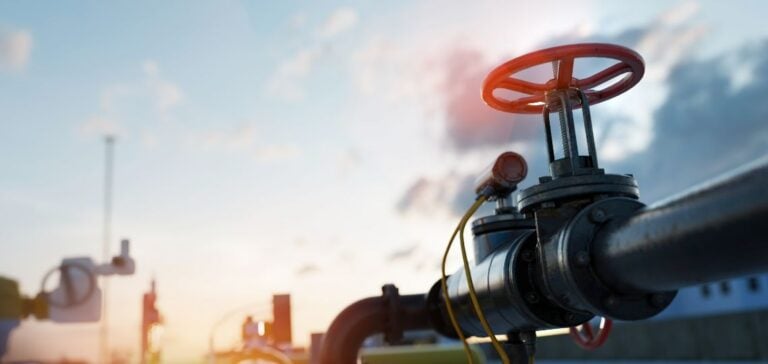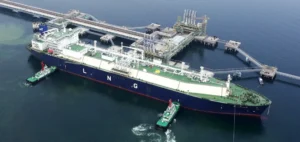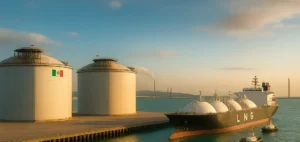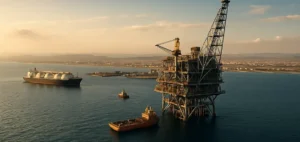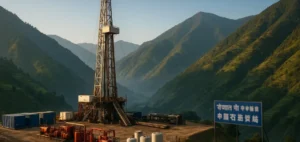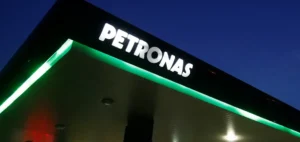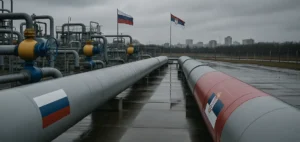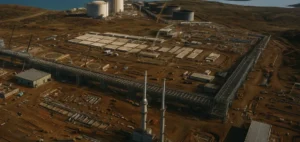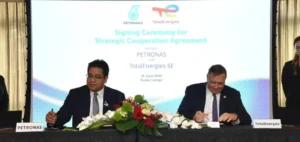India is experiencing a sharp increase in natural gas demand, driven by a rapidly growing population and sustained economic development. Gas consumption is expected to reach 113.7 billion cubic meters (Bcm) by 2040, up from 65 Bcm in 2023, signaling an urgent need to secure external supplies in a country aiming to diversify its energy mix.
Despite increased domestic production, estimated at 36.7 Bcm by 2025 after a 51% rise since 2020, India cannot meet this growing demand with its own resources alone. To address this need, the country relies on long-term import contracts, ensuring stable prices and reducing the risks of global market fluctuations.
A Strategic Partnership with the Middle East
To meet its energy needs, India is turning to the Middle East, strengthening its liquefied natural gas (LNG) supply agreements. The geographic proximity and vast uncontracted LNG reserves in this region present a unique opportunity to secure favorable terms. This strategic alliance could allow India to access LNG at competitive prices, thus enhancing the nation’s energy security.
In India’s energy mix, natural gas currently represents only about 2% of electricity production, a limited share due to the high cost of this source compared to coal and renewables. However, a shift in policy, such as the introduction of carbon taxes, could encourage a faster transition from coal to gas, increasing the importance of this resource in the coming years.
The Distribution Network and Key Sectors for Natural Gas
India is investing heavily in its city gas distribution (CGD) network, serving various sectors such as transportation, industries, the commercial sector, and households. Since 2015, the number of compressed natural gas (CNG) stations has increased fivefold, reaching 5,710 points of distribution, while piped natural gas (PNG) domestic connections have quadrupled, now covering 12 million households. These expansions now allow almost all of India to be served by gas distribution networks, reaching a population of over 1.4 billion people.
Agriculture and petrochemical sectors also generate a strong demand for natural gas. Urea production, essential for the country’s food security, heavily relies on gas as a primary input. In 2023, India’s urea production reached 30 million tonnes, an amount still insufficient to meet the demand of 35 million tonnes that same year. This shows the continued growth potential for the fertilizer industry, and consequently, for gas demand.
Infrastructure Challenges and Risks of Contract Renegotiations
Despite promising prospects, some obstacles hinder the development of India’s gas sector. The expansion of regasification infrastructure and pipeline networks, still concentrated in the western part of the country, progresses slowly. Investments in this infrastructure face regulatory hurdles, land access challenges, and competing priorities, as India allocates significant resources to renewable energy alongside its gas infrastructure.
Moreover, India’s tendency to renegotiate or even abandon nearly finalized contracts represents a challenge for LNG suppliers. This approach, which favors low prices and flexible terms for Indian consumers, can hinder LNG sector growth by deterring international suppliers from committing to long-term agreements.

